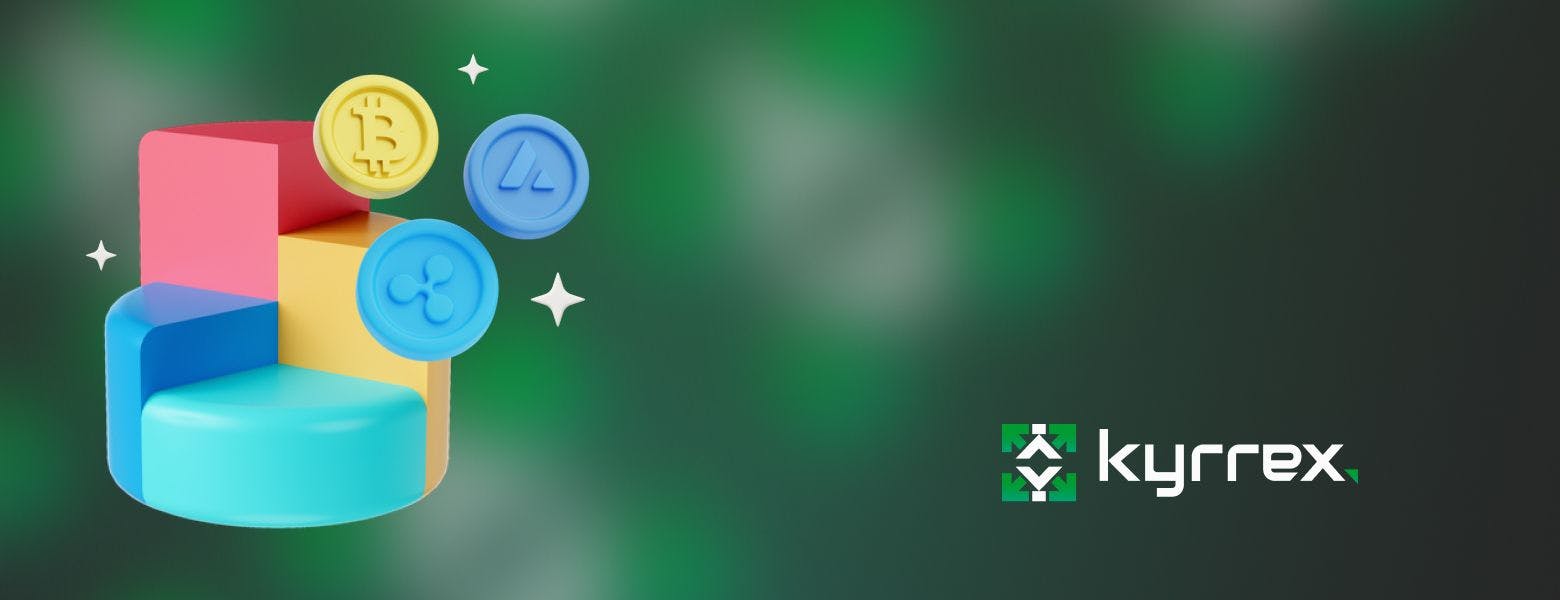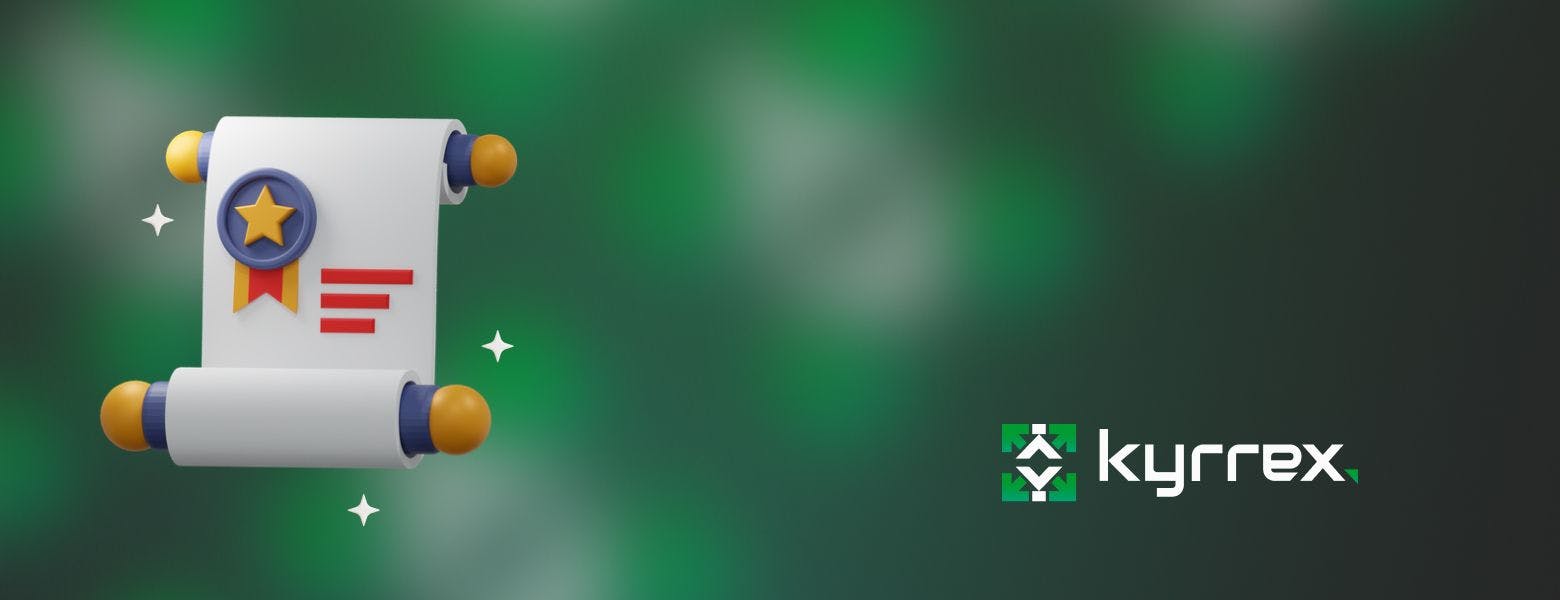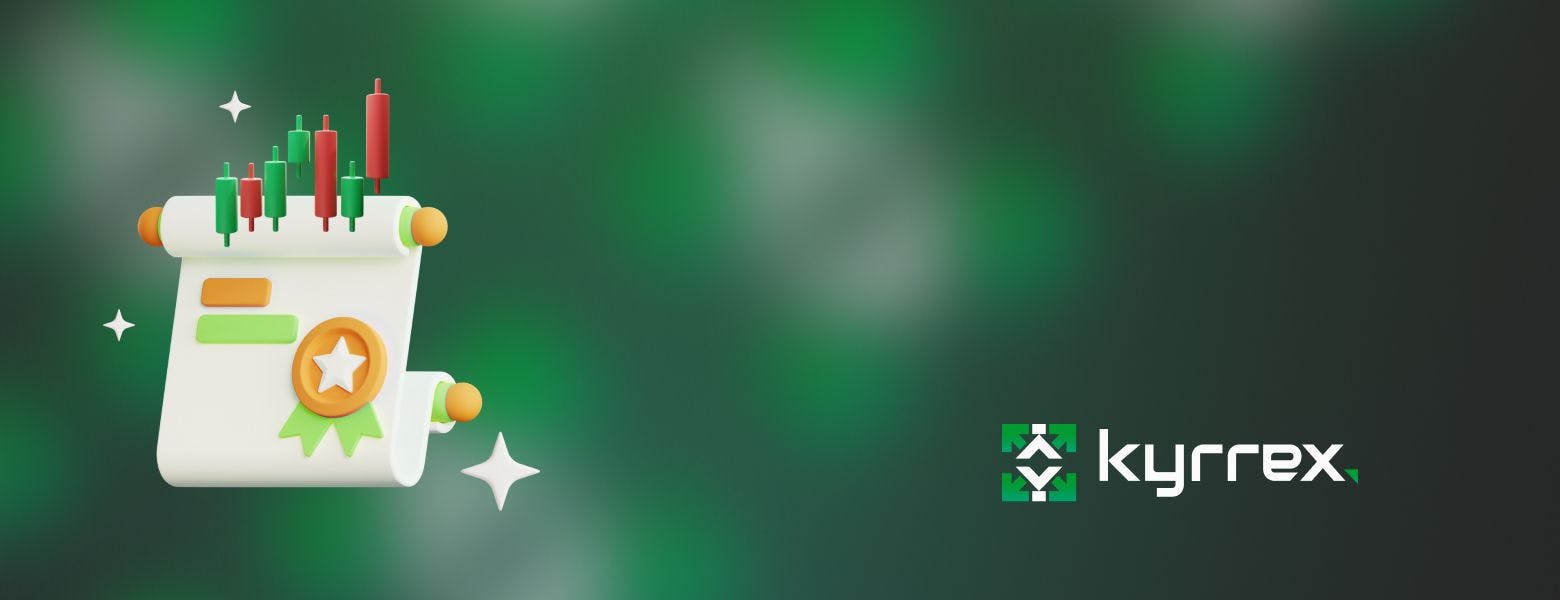
The Comeback Kid: Shiba Inu Crypto Roars Back to Life

Once written off as part of a fleeting meme coin craze, the Shiba Inu coin (SHIB) is staging a remarkable comeback. This dog-themed cryptocurrency captivated the public imagination in 2021 with its astronomical rise, generating fortunes for some SHIB crypto investors. But like so many headline-grabbing assets, SHIB's star faded as crypto entered a prolonged bear market. Now, signs point to SHIB breaking out of its slump. A surge in user activity, trading volume, and new addresses suggests "The Dogecoin Killer" is ready to reclaim the limelight.
The Sleeping Giant Stirs: How Shiba Inu Ascended from the Shadows
After months of lacklustre price action, SHIB suddenly sprang to life in late February. The Shiba Inu coin gained over 200% in February alone, its highest monthly return since the 2021 mania. This abrupt shift quickly reignited interest in the previously dormant Shiba Inu crypto community. But why?
Community Revival
According to blockchain analytics firm IntoTheBlock, daily active addresses on the SHIB network exploded from a February average of 3,100 to over 8,400 in March. On March 5th, active addresses hit a peak of 21,000—nearly a 2,000% increase from the previous month. This parabolic rise indicates the "Shiba Army"—SHIB's legion of loyal holders—has reactivated en masse.
Multiple factors likely converged to awaken the slumbering giant. The recent price surge itself generates interest by attracting new Shiba Inu crypto speculators. But SHIB's ecosystem may also be driving organic adoption. The launch of Shibarium, SHIB's Layer 2 scaling solution, and the introduction of K9 Finance, a liquid staking platform, have expanded functionality. The community's "burn portal" helps reduce circulation, increasing scarcity. While hype undoubtedly plays a role, SHIB's growth appears more substantive this time.
Market Frenzy Takes Hold
Alongside the user growth, trading activity has exploded. March 5th saw SHIB's trading volume exceed $16 billion, launching it into the top 5 most traded cryptocurrencies for that day. This rivals SHIB's daily volume at the peak of 2021's mega-rally.
The surge indicates that SHIB has regained its speculative appeal. Investors sense a potential repeat of history, hoping to ride another parabolic ascent. This buying frenzy is creating a feedback loop - higher prices attract attention, driving volumes higher, and pushing prices up further.
However, the data hints that more than reckless speculation is at play. According to analytics provider Santiment, SHIB holders have average profits of 52% on their Shiba Inu crypto investments, suggesting many are long-term believers, not just speculative punters.
The Shiba Inu Price Dance
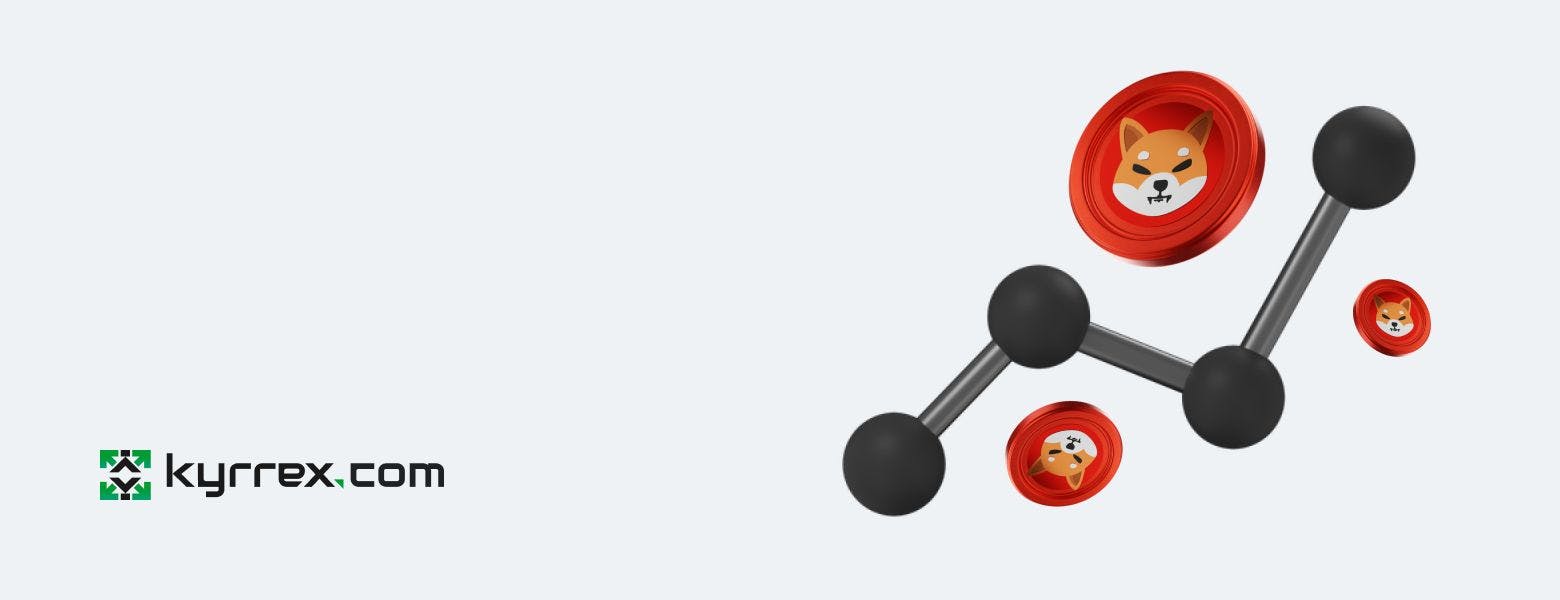
While short-term uncertainties persist, the long-term outlook seems decidedly bullish. The number of new SHIB addresses has jumped 60% in the past week, showing fresh capital flowing in. Analysts consider new address growth a strong indicator of organic user adoption.
Crypto analyst Ali Martinez has shockingly suggested SHIB could potentially reach $0.011—over 300 times its current price. While this seems fantastical, Shiba Inu has defied sceptics before.
Final Ascent or Dead Cat Bounce?
The crypto community remains divided on whether SHIB can reclaim its former glory. Critics argue little tangible progress has occurred, and its economics remain questionable. The recent mania may represent a "dead cat bounce"—a temporary resurgence before a final collapse.
However, proponents see the makings of an epic comeback. The heightened activity demonstrates that Shiba Inu still commands tremendous public interest. This perception of popularity is itself a powerful force. Investors are attracted to assets with strong narratives, and SHIB's underdog storyline resonates widely.
Shiba Inu Indicators: Red or Green?
SHIB's Relative Strength Index (RSI) remains highly elevated, indicating extreme investor enthusiasm that suggests the rally still has room to run. The Moving Average Convergence Divergence (MACD) indicator also shows strong upside momentum. As long as these technical factors align, SHIB may continue floating upward.
Of course, gravity can reassert itself at any time. With SHIB up over 300% in the past three months, a correction seems inevitable. The crucial support to watch is around $0.000033, where the rally could run out of steam and trigger panic selling. Shiba Inu has traded sideways over the past few days, hovering around the $0.000034 level. This marks a needed cooldown after the parabolic rally, which had pushed SHIB into overbought territory.
According to technical analyst Ali Martinez, SHIB faces immediate resistance at $0.000038. This area rejected the last rally attempt in late October 2021. A decisive break above could open the door to further gains, but the barrier has so far proven stubborn.
For now, traders seem content with absorbing recent gains. But with SHIB, sentiment can shift rapidly. Its speculative nature means both explosive rallies and sharp drops are never far away. This period of calm is unlikely to last long.
Shiba Inu Token Burns: A Gainful Gimmick?
According to data tracker Shibburn, nearly 14 billion Shiba Inu tokens have been permanently destroyed in just the past 24 hours. This equates to over $460,000 worth of SHIB removed from circulation at current prices. Vital figures within the project have vocally supported this supply-reduction effort, adding further legitimacy.
Lead developer Shytoshi Kusama hinted at an upcoming burn event for the related LEASH token, sparking Shiba Inu crypto community excitement. These burns help create deflationary pressure on SHIB, increasing the scarcity and theoretical value of the remaining tokens. Alongside the development updates and user growth, this narrative of a shrinking supply has reignited interest.
The fruits of this collective endeavour became clear as SHIB gained over 12% in a single day to reach $0.0000351. This represents a monthly gain of over 265%, cementing SHIB as one of crypto's top performers. The price explosion has also propelled Shibas's market capitalization back above the $19 billion threshold, reinforcing its status as a heavyweight asset.
Scaling New Heights: Towering Ambitions for 2024 and Beyond

Shiba Inu's epic price performance has prompted speculators to set their sights on ever more ambitious targets. Much will depend on the larger crypto market outlook surrounding ETFs and Bitcoin halving and the narratives that drive the imminent altcoin season.
Can Shiba Inu Break ATH in 2024?
The critical long-term barrier stands at SHIB’s all-time high of $0.000086. This historic peak represents the ultimate test and would require substantial momentum to overcome. The psychological $0.0001 mark also holds importance for unlocking SHIB’s next price discovery phase.
However, analysts caution that just breaching the $0.00004 mark poses a critical test. Previous Shiba Inu rallies have run out of steam around this resistance level. Sustaining the buying pressure to firmly overcome this barrier will be essential to keeping the uptrend intact and shooting towards the historical milestone achieved on October 28, 2021.
Can SHIB hit $0.0001 in 2024?
The mounting hype now has some asking - can SHIB realistically hit $0.0001 in 2024? This psychological level is seen as an important milestone enroute to "flipping" Dogecoin and cementing SHIB's position as the leading meme coin.
At current prices, Shiba Inu would need to gain nearly 300% to reach this mythical threshold. While still a tall order, the parabolic nature of crypto means massive daily swings of 10% or more are not uncommon. For reference, SHIB gained a staggering 900% in just one month during its initial 2021 breakout.
The ongoing bull run across crypto assets also boosts the odds of an extended SHIB surge. Funds tend to flow out of Bitcoin and into altcoins as rallies mature. The prospect of spot-based Ethereum ETFs could turbocharge this rotation. Under this scenario, SHIB could ride the wave along with other altcoins.
Dogecoin Rivalry Fuels Shiba Inu's Ambitions
Shiba Inu's recent revival is in part driven by its ambitions of dethroning Dogecoin as the leading meme coin. This Dogecoin killer is now neck and neck with DOGE in terms of market capitalization, reaching as high as #10 on CoinMarketCap's rankings. However, DOGE still holds the edge in terms of cultural cache and longevity in the cryptosphere.
By targeting DOGE, SHIB seeks to tap into the underdog narrative that propelled its rival to prominence. Both projects derived early publicity from their association with the “Doge” internet meme. This built a shared community of loyal holders who latched onto the lighthearted absurdity of owning “joke” cryptocurrencies.
However, Shiba Inu has expanded well beyond its initial origins. Upgrades like the Shibarium layer-2 network and Shibanet metaverse establish real-world utility and differentiate SHIB from pure meme-currency status. DOGE lacks comparable functionality, retaining its reputation as more of a novelty.
SHIB also enjoys zealous community backing, with proactive members coordinating initiatives like token-burning events to organically grow the ecosystem. This grassroots ethos fosters a sense of collective mission—an intangible yet invaluable asset.
Read here more about Dogecoin. How a meme became a leading cryptocurrency.
The Ultimate Target—SHIB to $0.01?
By combining greater sophistication with the power of meme culture, SHIB backers see a clear pathway to reaching its “moon” price target of $0.01. DOGE reaching $0.1 once seemed equally implausible, and its rise to fame sparked the template Shiba Inu now follows. This brewing rivalry promises fireworks as both communities compete for supremacy. Yet beyond the hype, tangible progress toward decentralization may mark the ultimate victory.
The Road Ahead for "The Dogecoin Killer"
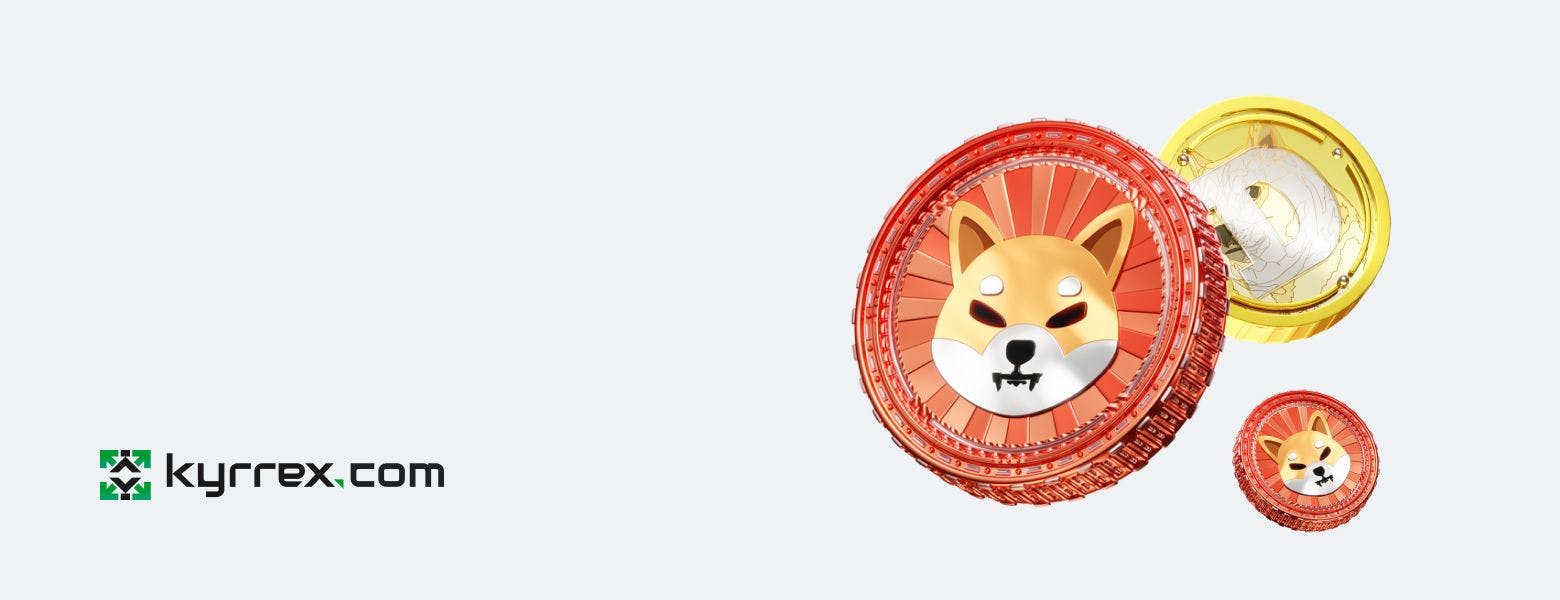
As the Shiba Inu ecosystem matures, the question becomes - does this project have meaningful longevity or will it fade away as hype dissipates? The answer likely lies somewhere in between. The Dogecoin killer appears well-positioned to cement itself as a top altcoin but needs to keep evolving beyond its meme-coin origin story.
The good news is that expansion is actively underway. Shibarium will boost speed and scalability, while Shibanet creates a virtual world integrating gaming and social media. These initiatives form the foundations for real-world utility to emerge.
Equally important is the continued community buy-in. The grassroots energy that initially rocketed SHIB to prominence has returned in full force. This suggests a loyal base of believers who will stay invested even through market turbulence. Their continued participation will remain vital.
However, scepticism regarding SHIB's fundamentals persists. Unlike platforms like Ethereum, SHIB lacks innovative technical features. The tokenomics also grant outsized control to a small group of insiders, raising questions about decentralization.
While the road ahead will have twists and turns, Shiba Inu has already defied the odds to become a borderline top 10 cryptocurrency. Its momentum appears more sustainable than during the heat of its viral 2021 surge. Perhaps even the staunchest critics should no longer bet against "The Dogecoin Killer." Its bark may end up being as fierce as its bite.

